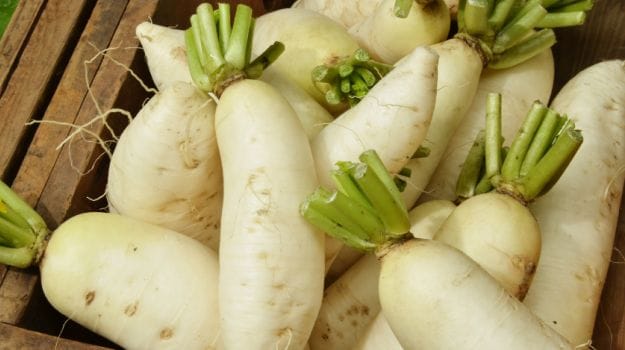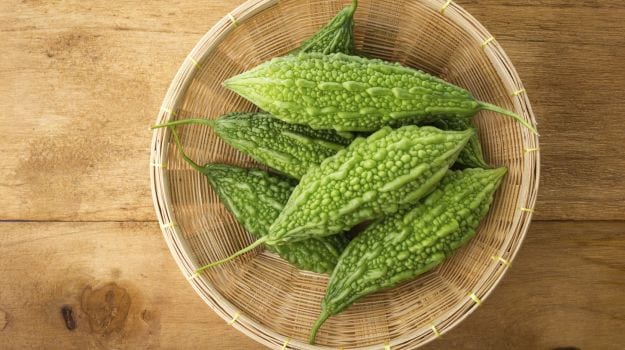Sat 13 Apr 2019:
Diabetes is becoming one of the biggest health scares around the world. The metabolic disorder which used to affect only a select few a while back has now afflicted countless youth and middle-aged men and women too. Diabetes is defined as a condition in which the body’s blood sugar levels are abnormally high. The spike in blood sugar occurs either because the body is not producing enough insulin or it is not able to respond well to the insulin produced. It is estimated that by the year 2030, 98 million Indians would be diabetic. Diabetics need to be extra careful of their diet. They should include food that is high on fibre content. Fibre enables slow release of sugar in the bloodstream that prevents abnormal spikes. Diabetics should also steer clear of refined carbohydrates and processed junk; they metabolise fast and cause blood sugar fluctuations.
Here are some desi ingredients you are likely to find in any regular Indian kitchen. Eating them may do wonders for your diabetes management.
1. Kuttu
Kuttu or buckwheat is a healthy gluten-free pseudo grain, which is used extensively invrat preparations. According to the book ‘Healing Foods’ by DK Publishing House, “the grain contains slow-release carbohydrates that help maintain steady blood sugar levels. It is abundant in magnesium and manganese, both of which are necessary for carbohydrate metabolism. Kuttu also has a low glycemic index (between 49-51), which makes it an excellent diabetic-friendly food.

According to United States Department of Agriculture (USDA), diabetics should consume at least half of their grains as whole grains. Ragi could serve as a healthy alternative for white rice and wheat. It is not processed, consumed whole and is replete with fibre and nutrition. Ragi is also packed with polyphenols, calcium, and essential amino acids, which are also helpful in managing diabetes.

Diabetes Foods: Diabetics should consume at least half of their grains as whole grains
3. Mooli
Mooli or radish, especially the daikon variety you find in India during winter months, is an excellent source of fibre. You can have them in salads, or parathas. Mooli tastes the best when paired with other seasonal vegetables in salads along with a touch of lemon.

4. Bhindi
Bhindi or okra is a delicious vegetable often teamed with roti, rice and dal. A powerhouse of antioxidants and minerals, eating bhindi may also help you manage diabetes naturally. It is non-starchy in nature and also has a low glycemic index. According to the book, ‘Healing Foods’ by DK Publishing House, okra is a “rich source of many nutrients including fibre, vitamin B and folate. B vitamins slow the progress of diabetic neuropathy and reduce levels of homocysteine, a risk factor for this disease. The soluble fibre also helps to stabilise blood sugar levels.”

5. Karela
Indian summers are incomplete without summer gourd vegetables; lauki, torai andkarela are prepared lavishly across Indian households. Karela or bitter gourd has a peculiar bitter-astringent taste. Karela contains an insulin-like compound called Polypeptide-p or p-insulin, which has been shown to control diabetes naturally. It also contains charantin, an active compound that has anti-diabetic effect.

Include these foods in your diet, but make sure you do not skip the medicines prescribed to you.
Disclaimer: This content including advice provides generic information only. It is in no way a substitute for qualified medical opinion. Always consult a specialist or your own doctor for more information. MRN does not claim responsibility for this information.





